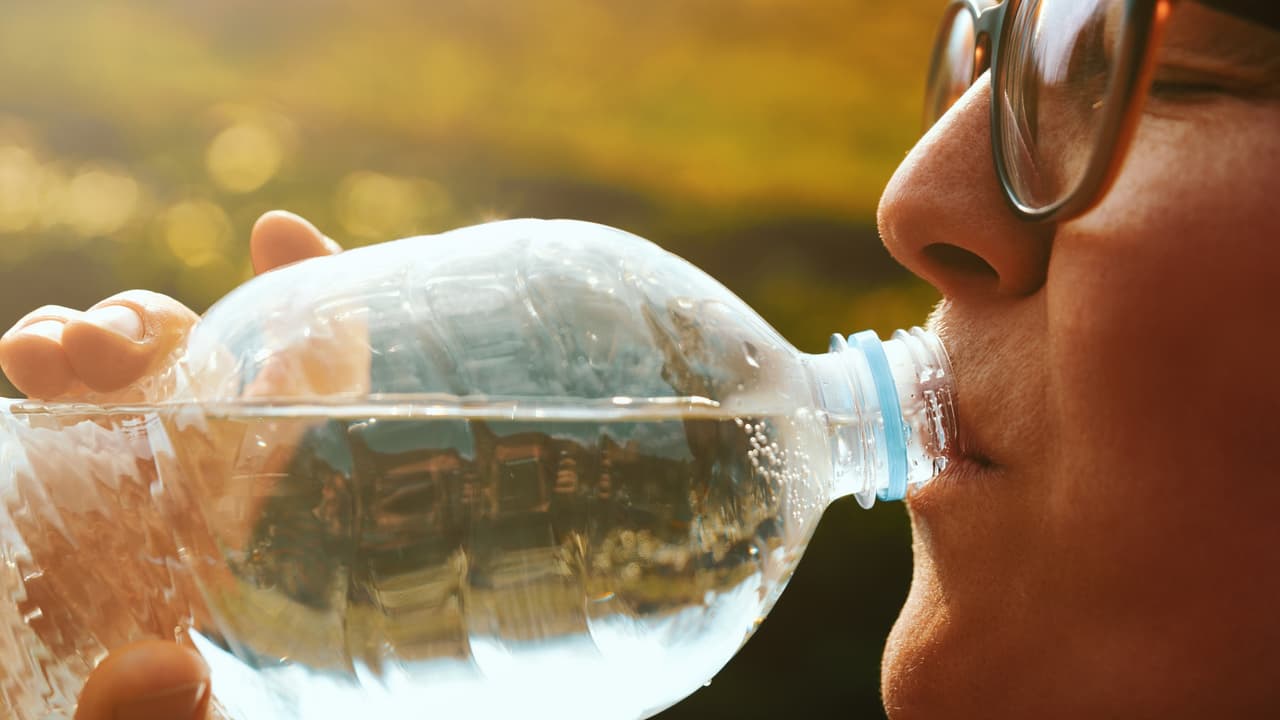New research shows bottled water contains tens of thousands of microplastic particles per year, posing potential long-term health risks like inflammation and hormonal disruption. Experts urge reducing daily bottled water use.
For many, reaching for a bottle of water seems like a harmless daily habit. But recent research suggests it might not be as safe as it appears. Scientists now estimate that people who drink bottled water ingest tens of thousands more microplastic particles each year compared to those who stick to tap water.
A striking discovery on Thailand’s Phi Phi Islands changed Sarah Sajedi’s life. Standing on the pristine beach, she was confronted not by seashells or sand, but by fragments of plastic—mostly discarded water bottles. “I was captivated by the beauty around me, and yet, under my feet was this alarming problem,” Sajedi recalls. This experience inspired her to leave a business career and return to academia, pursuing a PhD at Concordia University focused on plastic waste.
How Many Microplastics Are We Swallowing?
Sajedi’s latest study, published in the Journal of Hazardous Materials, reviewed over 140 scientific articles and sheds light on a startling fact: on average, people consume between 39,000 and 52,000 microplastic particles annually. Bottled water drinkers may take in an additional 90,000 particles each year. These particles are tiny—often invisible to the naked eye—ranging from a thousandth of a millimeter to five millimeters. Even smaller are nanoplastics, measuring less than one micron.
How Microplastics Enter Our Bodies
Plastic bottles shed microplastics throughout their production, storage, transport, and use, especially when exposed to sunlight and temperature changes. Unlike plastics in the food chain, which reach us indirectly, these particles are ingested directly from the source.
The Hidden Health Risks
The health implications are concerning. Once in the body, microplastics can enter the bloodstream and reach vital organs. Studies link them to chronic inflammation, oxidative stress, hormone disruption, reproductive problems, neurological damage, and even certain cancers. However, scientists warn that long-term effects remain unclear due to limited research and inconsistent detection methods.
Challenges in Detecting Microplastics
Sajedi’s research also highlights the difficulties in measuring microplastics. Techniques vary: some detect extremely small particles but miss their chemical makeup, while others identify composition but overlook the tiniest plastics. Advanced methods exist, but they are costly and not always accessible.
Education and Awareness Are Key
Sajedi emphasizes that education is crucial. While governments worldwide have taken steps to reduce plastic waste, policies often target bags, straws, and packaging—rarely water bottles. “Drinking bottled water occasionally is fine, but it shouldn’t be a daily habit,” she explains. “The danger isn’t immediate poisoning; it’s the slow, chronic effects over time.”
Co-authors Chunjiang An and Zhi Chen of Concordia University’s Gina Cody School of Engineering and Computer Science contributed to the research. The study was supported by the Natural Sciences and Engineering Research Council of Canada and Concordia University.
As Sajedi’s work shows, the issue of microplastics is not just an environmental problem—it’s a public health concern. Reducing daily reliance on plastic bottles, supporting legislation, and spreading awareness are vital steps in limiting the unseen risks lurking in our water.
